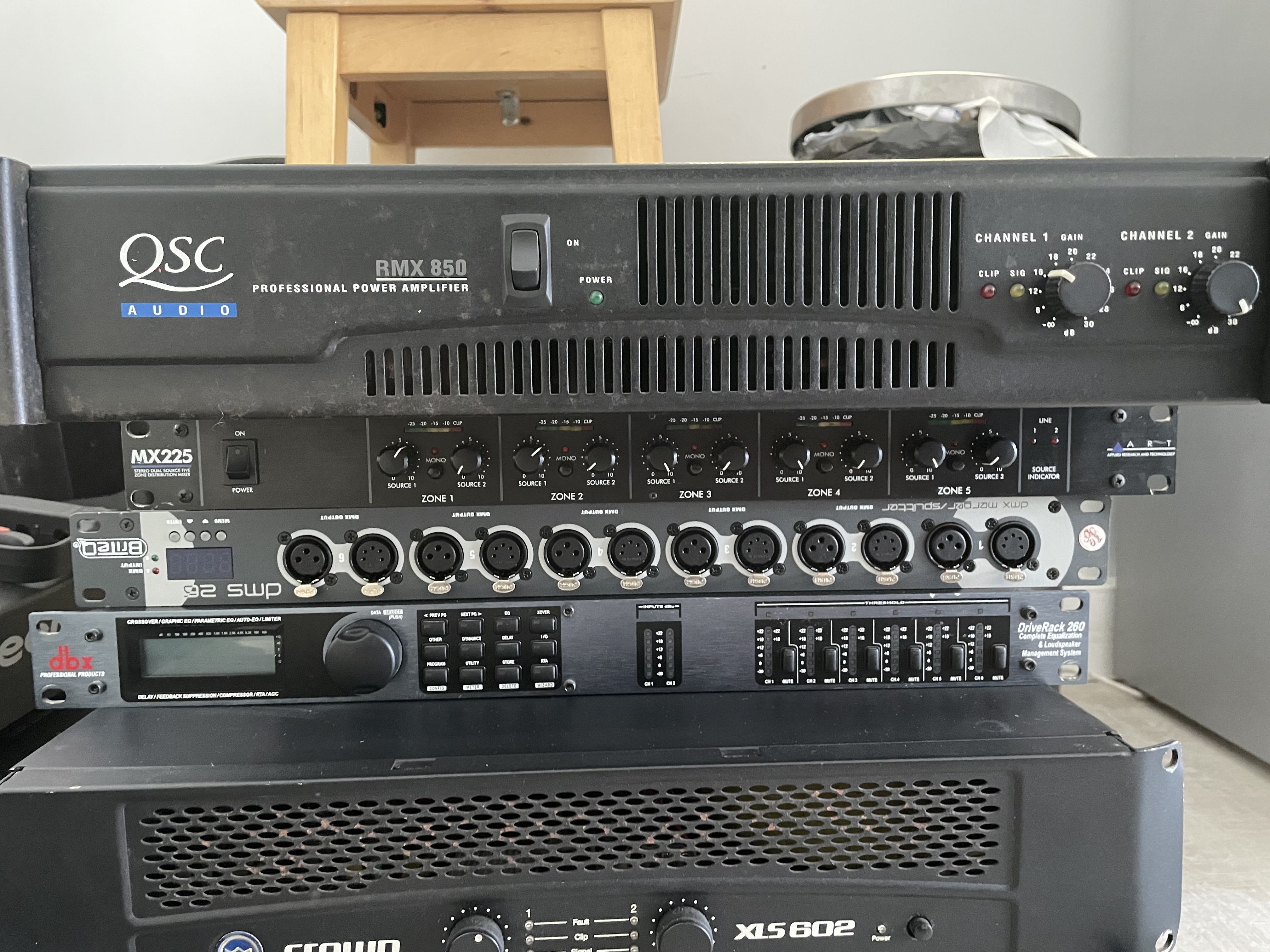

and then use delay (phase shift) and parametric EQ to deal with it. The DriveRack 260 was designed with the purpose and vision of providing state-of-the-art signal processing, while utilizing a simple and intuitive user interface. Neither system will "fix" the response but the Peavey will never make it worse.Ī better way is to use some measurement tool that does "transfer function" measurements.

Pretty much anything that low is caused by the room itself and you really need to move walls to solve (or other crazy stuff). It also doesn't try to do anything to freqs below 100 Hz nor above 10K. The VSX also uses a RTA to measure but only cuts the peaks and makes no attempts to fill the holes (which it couldn't do anyway). but there aren't many of those and if you had them you probably wouldn't be needing a DSP anyway. Things with corrected phase response would do better. In my tests with a DriverackPA it caused more problems than it helped and usually created some horrific curves that usually included large amounts of extreme treble and bass boosts. If you try you create other problems, distortions and use up valuable power that could actually produce sound somewhere else in the spectrum. Both are like black holes in that you cannot fill them. Holes are almost always caused by phasing problems or absorptions.

If the DBX sees a hole it tries to boost to fill it in and if it sees a peak it tries to cut it down. be it a stand alone RTA or the auto function in the DBX. Real time analyzers cannot tell what is causing the problem and see only EQ as the solution.
#Dbx driverack 260 reviews windows#
Equalizers are not effective in solving problems caused by phase cancellations or diaphragmatic absorption (like walls vibrating or large glass windows vibrating).


 0 kommentar(er)
0 kommentar(er)
